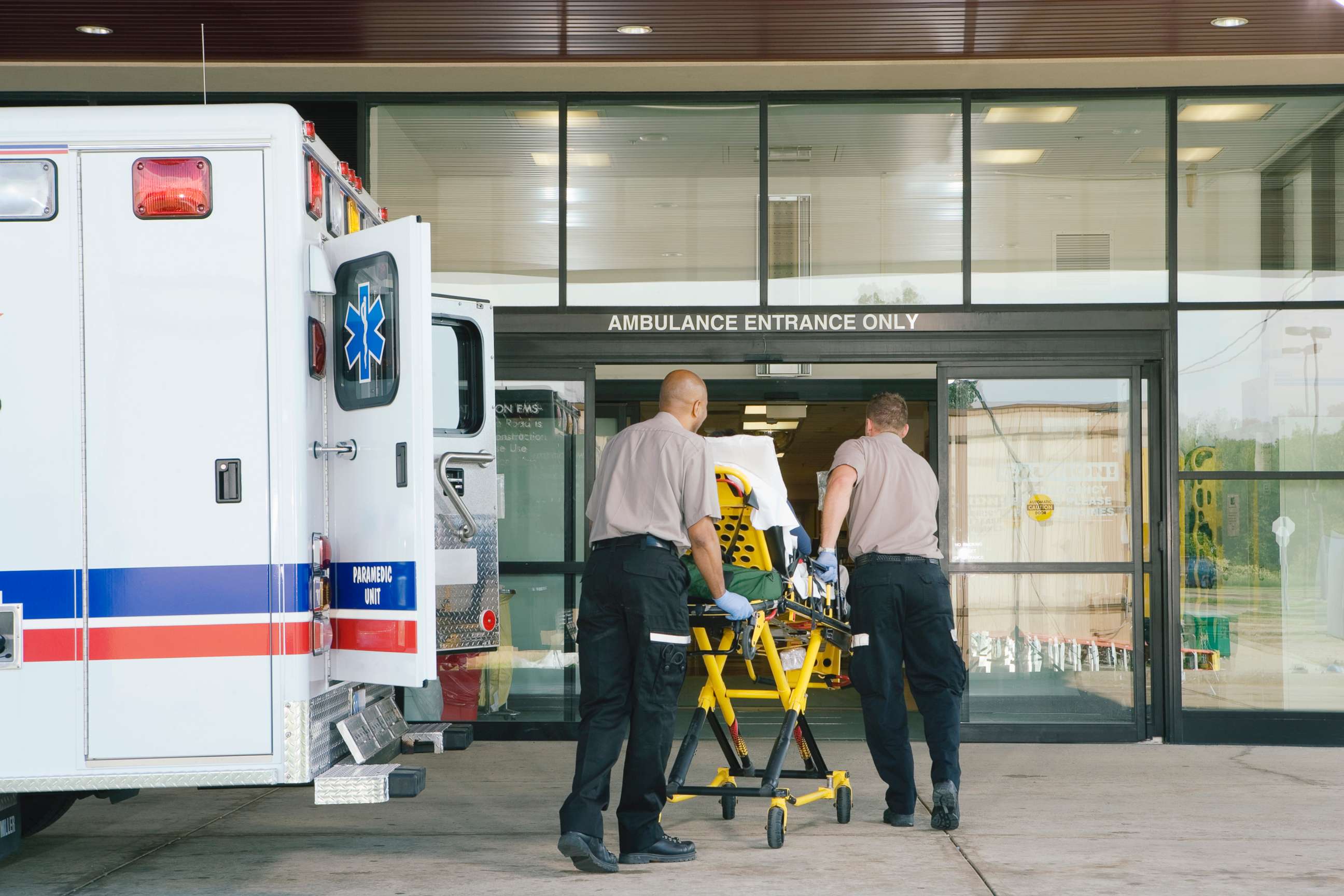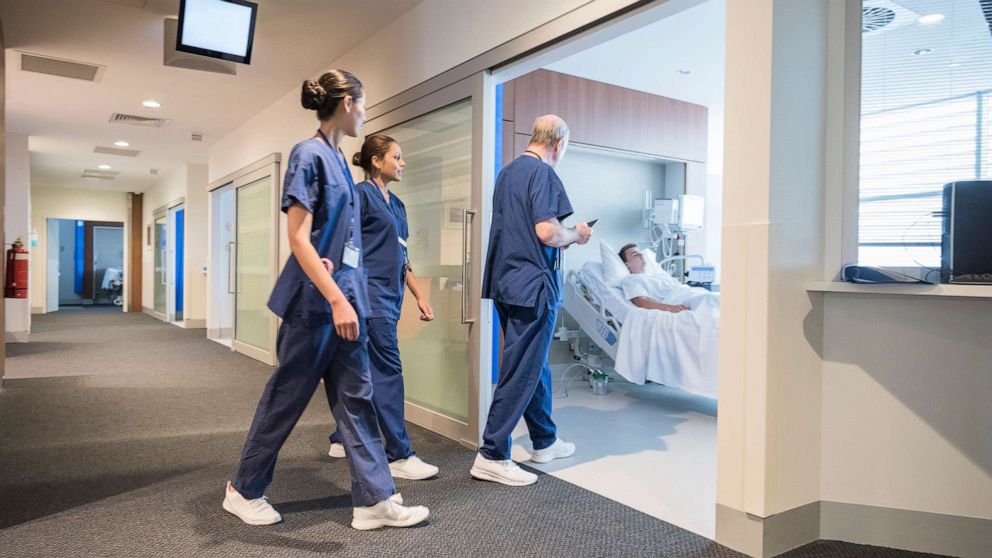Surprise medical bills are on the rise, study finds
A new study from Stanford University published in JAMA Internal Medicine shows surprise medical bills – when you visit a hospital and, some time later, get charged a bill – are on the rise.
Dr. Eric Sun, lead author of the study and assistant professor of anesthesiology, pain medicine and health research and policy at Stanford University, and his colleagues used a national database to look at surprise billing from 2010 to 2016, all from one large commercial insurer.
"We looked at situations where people were admitted to an emergency room – where people have less choice of health care provider," Dr. Sun told ABC News. "We also looked at care within in-network hospitals – where receiving a bill would be a surprise because it should be covered by insurance."
If you visited the emergency department in 2010, there was a 32% likelihood you would receive a surprise medical bill. But in 2016, Sun and his team found it rose to just under 43%.
But it's not only that they are becoming more common -- they're becoming more expensive, too. The average cost rose from $220 to $628, the study found.
The situation is just as bad for inpatients. Twenty-six percent received a surprise medical bill in 2010, but 42% received one in 2016. The cost situation was even worse, rising from $804 to $2,040.
These surprise bills come from a variety of sources, but primarily it has to do with insurance coverage, according to the researchers.
"Whenever you get hospital care, the decision to participate in insurance is made independently by every doctor you see," Sun told ABC News.
"If you see an in-network doctor, they agree to an amount that the insurance company pays, but an out-of-network doctor doesn't like that agreement and so they bill more," he said. "That comes as a surprise medical bill, and [it] can even happen at in-network hospitals."
It isn't fully clear why they're on the rise.
"A lot of this is driven by insurers and doctors agreeing an amount to be paid for treatment," Sun said. "The insurers might be putting more pressure on doctors to reduce costs by suggesting an amount the doctor doesn't accept – and so the doctors choose to go out-of-network for additional revenue."
Ambulance services, an often overlooked source of medical costs, resulted in a surprise bill for 86% of ER visits and nearly 82% of hospital admissions.
"It's possible that the coverage of many networks still isn't broad enough," Dr. Robert Steinbrook, editor-at-large at JAMA Internal Medicine, told ABC News.

And as a patient, it can be really hard to avoid these bills. In fact, the situation is often impossible to avoid in the emergency room.
"In these settings, you often can't choose who you're treated by, so surprise bills are very difficult to avoid," Sun said.
For inpatient admissions, Steinbrook has some advice: "If you have a choice of insurers, you should consider the breadth of the network. … If a hospital advertises that all physicians are part of an in-network insurance, you could go there and avoid out-of-network charges."
In terms of what's being done about the surprise bill epidemic, "different states have different laws," Steinbrook said. Some approaches include setting a state-wide payment standard or using arbitration – where a third party resolves disputes between doctors and insurance providers.
"Congress has been debating various bills, but as of now, they haven't enacted anything," Steinbrook told ABC News. "In my view, a federal solution would be better because it would go beyond state boundaries."
In the meantime, surprise medical bills may not be as out-of-the-ordinary as the name suggests. Whether it's an ambulance or a hospital bed, your wallet might need to be braced for a bruising.
Dr. Laith Alexander is an MB/PhD student at the University of Cambridge, U.K., working with ABC News Medical Unit.




